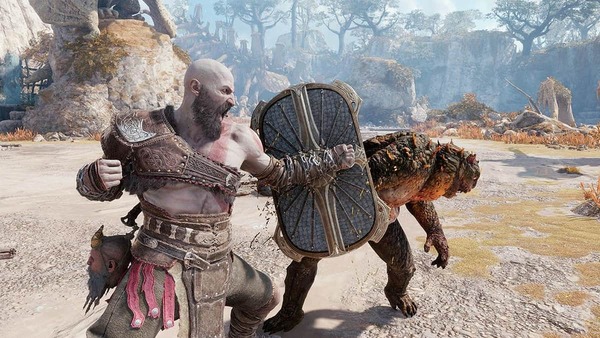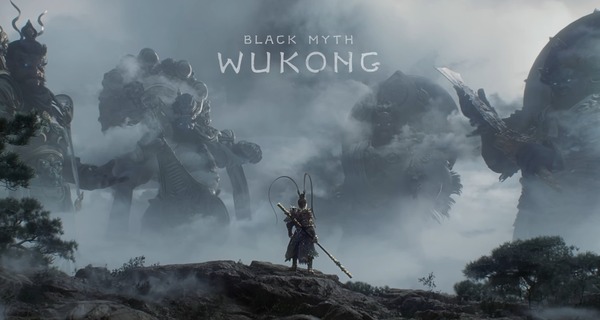Popular Now
"Blue Prince" is a unique blend of roguelike mechanics and intricate puzzle-solving, set within the ever-shifting walls of Mt. Holly manor. At the heart of this enigmatic game lies the concept of room drafting—a mechanic that challenges players to strategically select and place rooms, shaping their journey towards the elusive Room 46. This article delves deep into the nuances of room drafting, offering insights and strategies to master this core aspect of "Blue Prince."
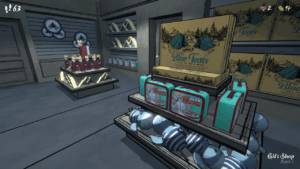
Understanding Room Drafting
Room drafting in "Blue Prince" is more than just placing rooms; it's about making choices that influence the entire trajectory of your exploration. Each time you open a door, you're presented with three room options, each with its own layout, resources, and potential challenges. Selecting the right room requires foresight, adaptability, and a keen understanding of your current needs and long-term goals.
The Grid System and Its Implications
The mansion is structured as a 9x5 grid, with the Entrance Hall at one end and the Antechamber to Room 46 at the other. Navigating this grid efficiently is crucial. Placing rooms that align well with existing ones ensures smoother progression and minimizes wasted steps. Misaligned rooms can lead to dead ends or inefficient paths, consuming valuable steps and resources.
Resource Management Through Room Selection
Different rooms offer various resources—keys to unlock doors, gems for purchasing floor plans, coins for buying items, and tools to solve puzzles. Balancing resource acquisition with progression is vital. For instance, choosing a room rich in resources might delay your journey but provide essential tools for later challenges.

Strategic Placement of Dead-End Rooms
Dead-end rooms, while seemingly disadvantageous, can be strategically beneficial. Placing them in positions where they don't hinder main pathways allows you to harvest their resources without compromising your route to Room 46. This approach ensures you maximize benefits while maintaining efficient progression.
Adapting to Randomized Room Options
The randomness of room options adds an element of unpredictability. Developing adaptability is key. Sometimes, the optimal room isn't available, requiring you to adjust your strategy on the fly. Embracing flexibility and having contingency plans can turn unexpected scenarios into opportunities.
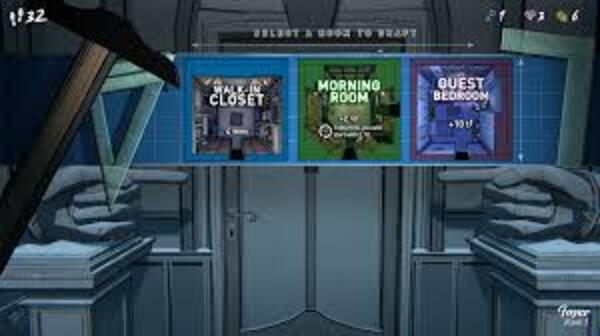
Incorporating Puzzle Rooms into Your Strategy
Puzzle rooms offer significant rewards but can be time-consuming. Assessing their complexity and the potential benefits is essential. If a puzzle seems too challenging or time-intensive, it might be strategic to bypass it in favor of more straightforward progression.
Utilizing Permanent Upgrades
As you progress, you'll unlock permanent upgrades that can influence your room drafting strategy. These upgrades might provide additional steps, reveal more room options, or offer other advantages. Integrating these upgrades into your planning can enhance efficiency and success rates.
Note-Taking and Pattern Recognition
Given the game's complexity, maintaining notes on room types, puzzle solutions, and resource locations can be invaluable. Over time, recognizing patterns in room offerings and their implications can inform better decision-making and streamline your exploration.
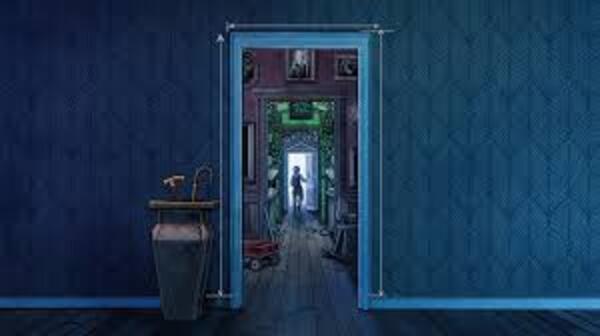
Balancing Exploration and Progression
While thorough exploration can yield rewards, it's essential to balance it with progression towards Room 46. Overextending in search of resources or puzzles can consume steps needed for advancement. Prioritizing your primary objective while seizing opportunities along the way is the key to success.
Conclusion
Mastering room drafting in "Blue Prince" is a blend of strategic planning, adaptability, and informed decision-making. By understanding the implications of each room choice and balancing exploration with progression, players can navigate the shifting halls of Mt. Holly with confidence, inching ever closer to the coveted Room 46.




